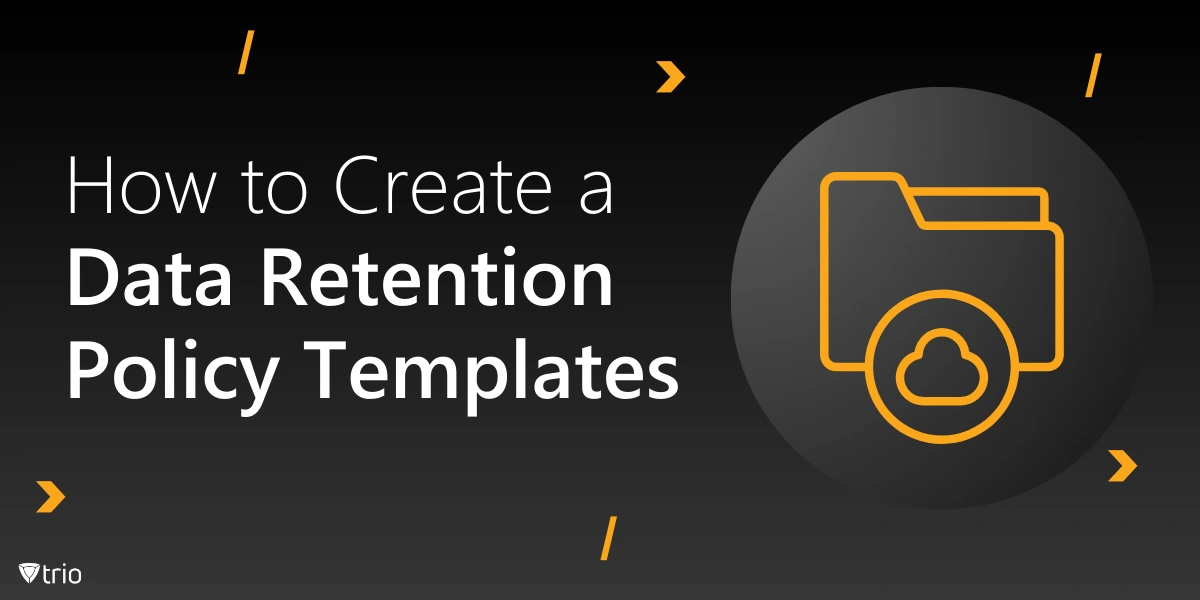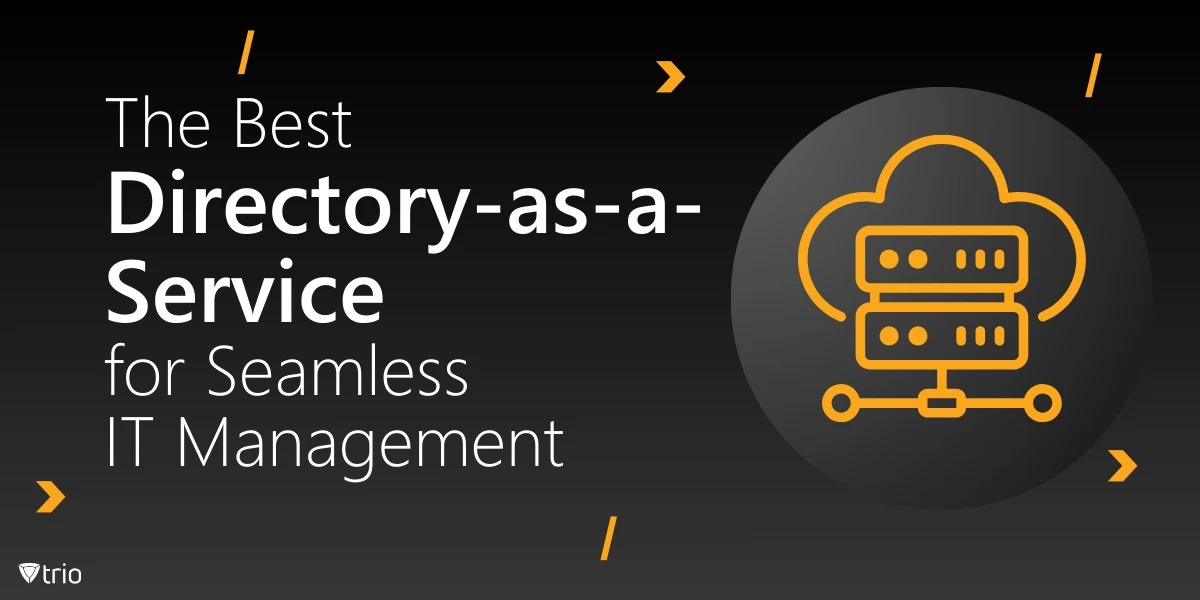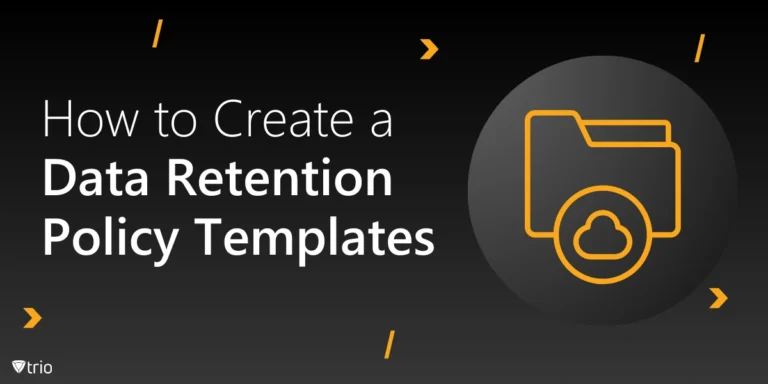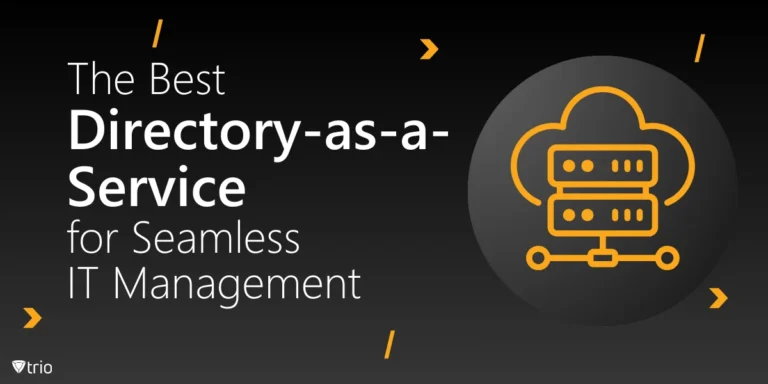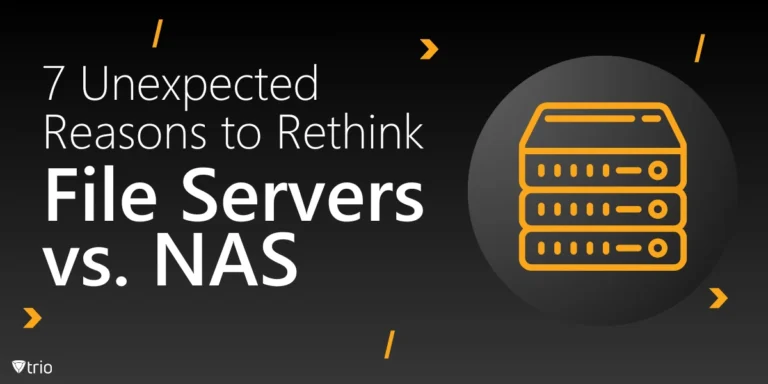As the complexity of IT systems continues to increase, so does the need for robust security measures. One fundamental principle that has emerged as a cornerstone of effective cybersecurity strategies is the concept of duty segregation. Segregation of duties in cyber security, which involves dividing critical tasks and responsibilities among different individuals or departments, serves as a powerful deterrent against both internal and external threats.
As we navigate through the complexities of this crucial security measure, we’ll provide insights into how organizations can strike a balance between security and operational efficiency, addressing common challenges and offering practical solutions. Whether you’re a seasoned cybersecurity professional or a business leader seeking to enhance your organization’s security posture, this comprehensive guide will equip you with the knowledge and tools necessary to leverage duty segregation effectively in your cybersecurity strategy.
Understanding Segregation of Duties in Cybersecurity
Segregation of duties, also known as separation of duties (SoD), is a key principle in information security that involves dividing critical tasks and privileges among multiple individuals or systems. The primary goal is to ensure that no single entity has complete control over a sensitive process, thereby reducing the risk of unauthorized actions, errors, or fraudulent activities.
The Core Principles of Segregation of Duties
- Division of Responsibilities: Tasks are broken down and distributed among different individuals or departments.
- Checks and Balances: Multiple parties are involved in critical processes, creating a system of oversight.
- Risk Mitigation: By dispersing control, the potential impact of a single point of failure is minimized.
- Fraud Prevention: The collaboration required to complete sensitive tasks makes it more challenging to commit fraudulent acts.
Segregation of Duties Examples in Cybersecurity
To better understand how segregation of duties works in practice, let’s explore some common examples:
- Access Control Management:
- One team member creates user accounts
- Another team member assigns access privileges
- A third team member reviews and approves the changes
- Software Development and Deployment:
- Developers write and test code
- Quality assurance team performs independent testing
- Operations team handles deployment to production
- Financial Transactions:
- One employee initiates a payment request
- Another employee reviews and approves the request
- A third employee processes the payment
- Data Backup and Recovery:
- One team performs regular backups
- Another team tests the integrity of backups
- A separate team handles the restoration process when needed
- Security Incident Response:
- One team detects and reports incidents
- Another team investigates and analyzes the incidents
- A third team implements remediation measures
Separation of Duties Policy Example
A well-crafted separation of duties policy is essential for effective implementation. Here’s an example of what such a policy might include:
- Purpose: To establish guidelines for segregating duties to prevent fraud, errors, and conflicts of interest.
- Scope: This policy applies to all employees, contractors, and systems involved in critical business processes.
- Policy Statement:
- Critical tasks must be divided among at least two individuals or systems.
- No single employee should have control over two or more phases of a transaction or operation.
- Duties to be segregated include:
- Initiating transactions
- Approving transactions
- Recording transactions
- Reconciling balances
- Handling assets
- Reviewing reports
- Roles and Responsibilities
- Management: Ensure proper segregation of duties within their departments.
- Human Resources: Consider SoD principles in job descriptions and role assignments.
- IT Department: Implement technical controls to enforce SoD in systems and applications.
- Audit Team: Regularly review and assess the effectiveness of SoD implementation.
- Exceptions:
- Any exceptions to this policy must be documented and approved by senior management.
- Compensating controls must be implemented for any approved exceptions.
- Monitoring and Review:
- This policy will be reviewed annually and updated as necessary.
- Compliance with this policy will be monitored through regular audits and assessments.

Separation of Duties vs Segregation of Duties
While the terms “separation of duties” and “segregation of duties” are often used interchangeably, some professionals argue that there are subtle differences:
- Segregation of Duties: Typically refers to the broader principle of dividing responsibilities to prevent fraud and errors.
- Separation of Duties: Sometimes used to describe the specific implementation of controls to achieve segregation of duties.
In practice, however, both terms are generally understood to convey the same concept within the cybersecurity community.
Separation of Duties Meaning in Context
The meaning of separation of duties can vary slightly depending on the context:
- In Cybersecurity: It refers to the practice of distributing tasks and privileges to reduce the risk of unauthorized access or actions.
- In Financial Management: It involves separating financial responsibilities to prevent fraud and ensure accurate reporting.
- In Project Management: It means assigning different aspects of a project to various team members to ensure diverse perspectives and reduce errors.
- In Governance: It relates to the distribution of power and responsibilities among different entities or branches to prevent the concentration of authority.
Separation of Duties in Software Development
In the realm of software development, separation of duties is crucial for maintaining code integrity and preventing unauthorized changes. Here’s how it’s typically implemented:
- Development: Developers write and unit test code.
- Code Review: Peers or senior developers review code changes.
- Quality Assurance: QA team performs independent testing.
- Release Management: A separate team handles version control and release processes.
- Operations: The operations team manages production environments.
- Security: Security teams conduct vulnerability assessments and penetration testing.
This separation ensures that no single individual has complete control over the entire software development lifecycle, reducing the risk of intentional or unintentional security vulnerabilities.
Least Privilege Cybersecurity: A Complementary Principle
The principle of least privilege is closely related to segregation of duties and is often implemented alongside it. Least privilege dictates that users, programs, and processes should be granted the minimum levels of access necessary to perform their functions.
Key aspects of least privilege in cybersecurity include:
- Minimal Access Rights: Users are given only the permissions required for their specific roles.
- Time-Bound Privileges: Elevated access is granted only for the duration necessary to complete a task.
- Regular Access Reviews: Permissions are periodically reviewed and revoked when no longer needed.
- Default Deny: Access is denied by default and must be explicitly granted.
- Privilege Escalation Controls: Strict processes are in place for requesting and approving higher-level access.
By combining segregation of duties with the principle of least privilege, organizations can create a robust security posture that significantly reduces the risk of insider threats and external attacks.
How Trio MDM Can Help with Duty Segregation in Cybersecurity
As organizations grapple with the complexities of implementing and maintaining effective duty segregation in their cybersecurity strategies, robust technological solutions become increasingly crucial. This is where Trio MDM steps in, offering a comprehensive platform designed to support and enhance duty segregation efforts across various IT environments.
Trio MDM provides a suite of features specifically tailored to address the challenges of duty segregation:
- Advanced Role-Based Access Control
- Automated Workflow Management
- Real-Time Monitoring and Alerts
- Comprehensive Audit Logging
- Dynamic Access Reviews
- Integration Capabilities
- Customizable Reporting
By leveraging Trio MDM, your organization can significantly enhance its ability to implement, maintain, and continuously improve their duty segregation practices. The platform’s comprehensive features address many of the common challenges associated with duty segregation, from ensuring consistent policy enforcement to facilitating ongoing monitoring and evaluation.
We invite you to explore how Trio MDM can transform your organization’s approach to duty segregation in cybersecurity. Our team is ready to provide a personalized demonstration of how our platform can address your specific needs and challenges.
Don’t let the complexities of duty segregation hinder your cybersecurity efforts. Take the first step towards a more secure and compliant IT environment by trying Trio MDM’s free demo today. Experience firsthand how our solution can streamline your duty segregation processes, enhance your security posture, and provide peace of mind in an increasingly complex digital landscape.
Conclusion: The Power of Segregation of Duties in Cybersecurity
Segregation of duties in cybersecurity is not just a best practice; it’s a fundamental principle that forms the backbone of a comprehensive security strategy. By dividing critical tasks and responsibilities among multiple individuals or systems, organizations can:
- Reduce the risk of fraud and unauthorized activities
- Enhance the accuracy and integrity of operations
- Improve compliance with regulatory requirements
- Foster a culture of accountability and transparency
As cyber threats continue to evolve, the implementation of segregation of duties, along with other security principles like least privilege, remains crucial for organizations seeking to protect their digital assets and maintain the trust of their stakeholders.
By carefully designing and implementing segregation of duties policies, regularly reviewing their effectiveness, and adapting them to new challenges, you can create a resilient security framework that stands strong in the face of ever-changing cyber threats.

